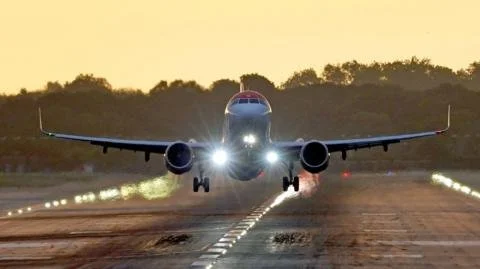Soaring Challenges: Can the UK’s Airport Expansions Align with Climate Goals?
The UK government has recently approved plans to expand Gatwick Airport with a second runway, potentially adding an astounding 100,000 flights annually. This move is part of a broader trend of airport expansions, with Heathrow eyeing a third runway that could lead to 276,000 additional flights and Luton airport also poised for growth. However, these expansions raise critical questions about the UK’s ability to meet its climate targets, particularly the ambitious goal of achieving net zero emissions by 2050.
The UK Climate Change Committee (UKCCC) has expressed concerns that emissions from flying threaten the country’s emissions reduction objectives. Notably, a 9% rise in flying emissions was reported last year, primarily driven by an increase in international leisure travel, notably from Gatwick. While the UKCCC acknowledges that airport expansion is not outright unfeasible, it emphasizes the need for strategies to curb demand for flights.
In light of setting carbon budgets, which now include emissions from international flights and shipping, the implications of airport expansions on the UK’s climate commitments could be substantial. This context highlights the importance of alternative fuels, particularly sustainable aviation fuels (SAF), which are expected to play a crucial role in reducing aviation emissions. SAFs can be derived from waste materials or produced synthetically, leading to lower emissions compared to traditional fuels. However, their current availability is limited, and they often come at a high price.
To foster a market for SAF, the government has implemented a mandate for a sustainable fuel percentage in jet fuel, aiming for 10% by 2030 and 22% by 2040. A proposed revenue certainty mechanism for SAF producers aims to encourage investment but might lead to increased ticket prices for consumers.
Looking further ahead, emerging technologies like hydrogen-powered aircraft present innovative solutions, although significant investments and infrastructure developments are required. Similarly, electric or hybrid planes could potentially mitigate emissions, but current advancements are insufficient for long-distance travel.
In summary, the UK’s path forward involves a delicate balancing act between infrastructural expansion in aviation and adhering to rigorous climate targets, all while navigating the complexities of sustainable fuel production and technological innovation.

